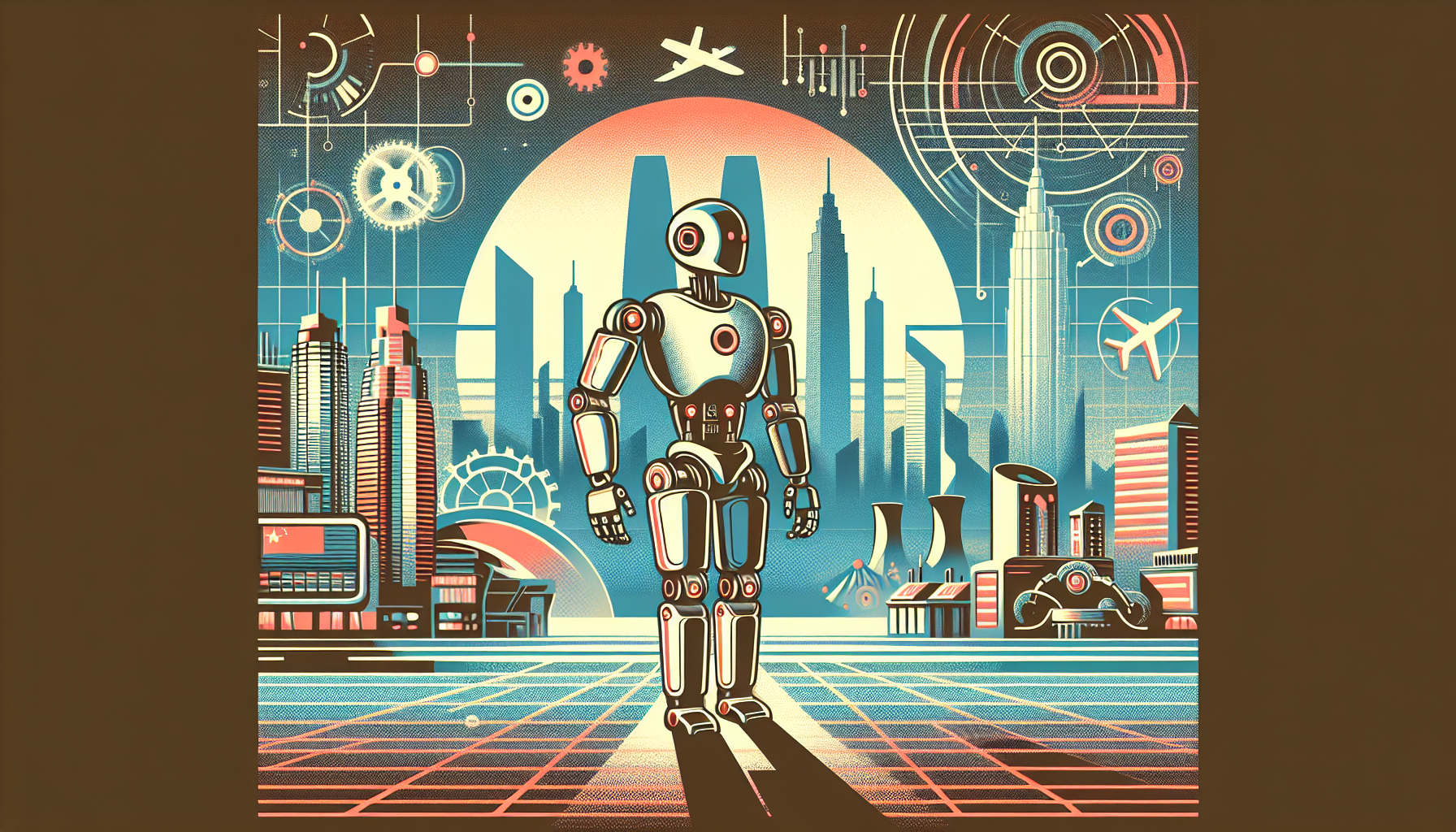China is taking bold steps to lead in the world of humanoid robots, signaling a new chapter of innovation and ambition within the nation. At the heart of this movement is Tiangong, a prime example of China’s dedication to advancing technology and its goal to become a leader in the global humanoid robot market.
Tiangong: A Trailblazer in Humanoid Robotics
Tiangong, crafted by the Beijing Humanoid Robot Innovation Center, impresses with its top-notch abilities. It can run at a smooth 3.7 mph, showcasing exceptional balance and coordination. Even more remarkable, Tiangong can effortlessly navigate tricky terrains. Outfitted with high-tech sensors like vision perception, a precise inertial measurement unit (IMU), and 3D vision, Tiangong gracefully adapts to uneven paths, slopes, and stairs. Recent updates even allow it to ascend continuous stairs spanning multiple levels and tackle steps up to 35 centimeters high without faltering. It also defies snowy terrain and withstands strong external impacts.
Technology Behind Human-Like Movements
Tiangong’s brilliance is backed by a complex fusion of hardware and software. It boasts six-axis force sensors, enabling it to sense and respond to tiny force changes, leading to movements that closely mimic humans. This blend of cutting-edge sensors and precise control lets Tiangong engage with its surroundings naturally and efficiently.
Purposeful Ambitions Driving Economic Goals
This push into humanoid robotics forms a segment of a larger plan for China to stand as a global frontrunner in this field. The Ministry of Industry and Information Technology (MIIT) has laid out bold aspirations, including the mass manufacturing of humanoids by 2025. China envisions having roughly 500 robots per 10,000 workers by then, potentially revolutionizing how goods are produced and how people live.
The government backs this initiative with a generous $1.4 billion fund to boost robotics technology. Their “Robot + Application Action Plan” is aimed at automating ten pivotal industries such as manufacturing, agriculture, logistics, healthcare, and emergency services. This strategic approach will weave humanoid robots into various sectors, driving growth and innovation.
Rising in a Global Race
China’s efforts reflect a part of an international contest in humanoid robotics. Companies in North America, like Agility Robotics, are also forging ahead with commercial humanoids, but China is committed to catching up and surpassing them. Chinese firms, including those in the electric vehicle market, are leveraging their technical expertise and current supply chains to gain a significant edge in this arena.
Apart from competition, China aims to play a larger role in shaping international standards for the global humanoid robot industry. This involves establishing labs, industry platforms, and open-source communities to encourage collaboration and innovation.
Real-World Impact and Future Outlook
The advancements represented by Tiangong and other humanoid robots offer immense practical benefits. They are undergoing testing for real-world tasks such as rescue missions in mountainous, snowy, or disaster-hit regions. Their adeptness at navigating complex areas and maintaining balance in challenging situations makes them invaluable for emergency responses and other crucial uses.
To sum up, China’s progression into humanoid robotics reflects a comprehensive endeavor driven by technological sophistication, economic ambition, and national interests. With trailblazers like Tiangong paving the way, China seems poised to achieve significant developments in this domain, transforming various industries and setting new standards in the global robotics landscape. As investments in this technology continue, the world can anticipate notable progress and applications of humanoid robots shortly.

Leave a Reply